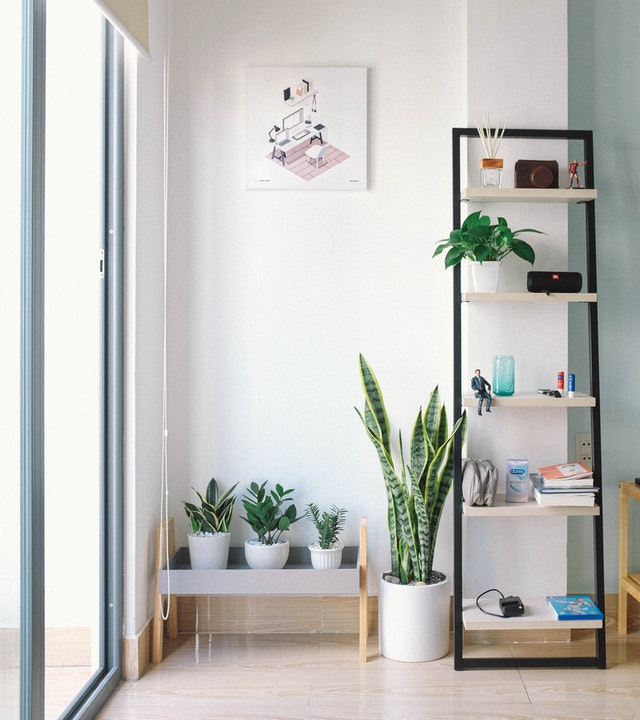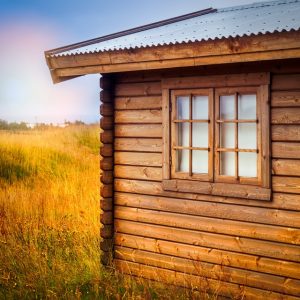How Should The New House Be: Solid Or Made of Wood?
 In the beginning, every builder has to choose whether he wants a wooden house or a solid house want to build. Both types have certain advantages. There are several variants in the construction method, such as wooden panel construction with facing clinker or solid construction with external plaster, clinker brick, or facing wood cladding. This decision must initially be made in principle, regardless of the ultimately beautiful facade of the newly built house. To make a decision, you should first take a closer look at the two building materials, wood and stone. Both building materials have their advantages to not generally guess one or the other building material. In addition, there are regional peculiarities, so that in some areas, it is preferred to build with wood and in other areas with stone. In the following, modern and energy-efficient wooden houses and solid houses are examined more closely.
In the beginning, every builder has to choose whether he wants a wooden house or a solid house want to build. Both types have certain advantages. There are several variants in the construction method, such as wooden panel construction with facing clinker or solid construction with external plaster, clinker brick, or facing wood cladding. This decision must initially be made in principle, regardless of the ultimately beautiful facade of the newly built house. To make a decision, you should first take a closer look at the two building materials, wood and stone. Both building materials have their advantages to not generally guess one or the other building material. In addition, there are regional peculiarities, so that in some areas, it is preferred to build with wood and in other areas with stone. In the following, modern and energy-efficient wooden houses and solid houses are examined more closely.
Woodhouse:
The advantages of wood are, in particular, the very good insulation properties of this material. Wood is also a renewable raw material, and the concept of sustainability is often in the foreground.
Solid house:
Everyone knows it: a solid house, built brick on brick. Solid construction stands for long service life, stability and security. Especially concerning fire protection, the risks tend to be lower.
Ecological construction
 The construction of a wooden house can tend to be classified as more ecological – compared to a solid house. However, in the long term, there are significantly fewer maintenance expenses in the solid house. Overall, both types of construction can therefore be regarded as equivalent.
The construction of a wooden house can tend to be classified as more ecological – compared to a solid house. However, in the long term, there are significantly fewer maintenance expenses in the solid house. Overall, both types of construction can therefore be regarded as equivalent.
Lifespan
In terms of service life, both designs are also comparable with one another. Depending on the construction, both wooden houses and solid houses can be over 100 years old.
Soundproofing
In terms of sound insulation, a solid house usually has real advantages. In houses with wooden construction, this negative point can be compensated for by various insulation materials and adjustments in the construction. Nevertheless, a stone can simply absorb significantly more sound than wood.
Summer heat protection
How much a house unintentionally heats up in summer or how long it stays cool in the rooms in summer depends largely on the heat storage capacity of the building materials. Since wood has less storage mass, less heat can be “buffered,” so that wooden houses tend to have poorer thermal insulation than solid houses. By combining it with suitable insulating materials and additional protective measures (e.g., shutters, awnings, etc.), you can create a balance in wooden houses. However, the choice of the house type tends to be linked to a lot of emotions and personal preferences.
Special case of timber construction: block house construction
In contrast to the many wooden prefabricated houses, the log house is handmade. Massive tree trunks (e.g., fir or spruce) are felled directly and processed for the wall construction. The log house can therefore be viewed as a special case. Of course, there are also insulating materials and sealants in log houses to increase wind proofers and, of course, sound absorption. Overall, a log house can thus also achieve an efficient house standard.
…




